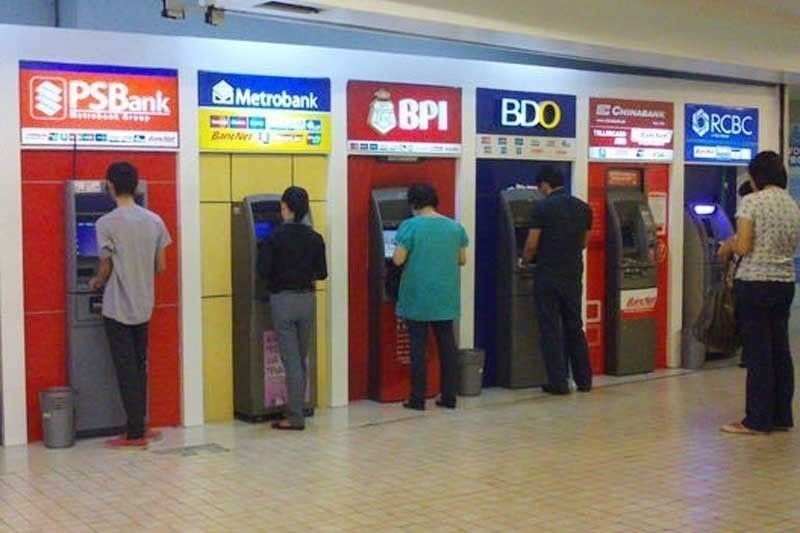Banks see NPL ratio peaking at 6 to 7%

MANILA, Philippines — The non-performing loan (NPL) ratio of the banking sector is seen peaking at six to seven percent due to the impact of the pandemic, according to the Bankers Association of the Philippines.
BAP president Cezar Con-sing said the projected NPL ratio is lower compared to the levels recorded during the Asian financial crisis in 1997 and the global financial crisis in 2008.
“Philippine banks expected a huge uptick in loan losses with the onset of COVID-19. In the Asian financial crisis over 20 years ago, the banking industry’s ratio of NPLs to total loans peaked in the high teens. However, this time around, we think the industry ratio will peak at six to seven percent,” Consing said in a text message.
Latest data from the Bangko Sentral ng Pilipinas (BSP) showed the industry’s gross NPL ratio rose to 3.81 percent in end-November last year from 3.72 percent in October last year. Bad debts refer to past due loan accounts where the principal or interest is unpaid for 30 days or more after due date.
This was the highest gross NPL ratio since the 3.48 percent booked in January 2013. Data prior to 2013 are not consistent with the Department of Supervisory Analytics as the financial reporting package started in 2013.
The bad loan ratio of the banking industry has steadily increased since the 2.16 percent recorded in January last year due to the impact of the pandemic.
“It will be a multiple of what we saw pre-COVID, but only about a third in percentage terms of what we experienced two decades ago. For this we have to thank aggressive monetary policy and low interest rates, a firm peso and a better capitalized banking system,” Consing said.
Consing is scheduled to step down as president and chief executive officer of Ayala-led Bank of the Philippine Islands in April. He was appointed BPI chief in 2013 after joining the bank in 1995.
The industry’s NPL ratio peaked at 16.9 percent in 2001 after the Asian financial crisis, but declined significantly due to several reforms adopted by the BSP.
Statistics from the central bank showed the soured loans of the banking industry amounted to a record P404.69 billion in end-November last year or P171.62 billion more than the P233.06 billion recorded in the same month in 2019.
On the other hand, the sector’s loan portfolio slipped slightly to P10.62 trillion from P10.63 trillion.
Data from the central bank showed past due loans referring to all types of loans left unsettled beyond payment date soared by 63.3 percent to P507.69 billion from P310.88 billion for a past due ratio of 4.78 percent.
Likewise, the industry’s restructured loans reached P139.61 billion in end-November last year or 3.4 times the P40.86 billion booked in end-November 2019, translating to a restructured loan ratio of 1.31 percent.
The level of bad debts and NPL ratio of the sector are seen rising further as the debt holiday extended by a new law expired in December.
Congress has granted debt moratoriums, including 30 days under Republic Act 11469 or Bayanihan to Heal as One Act that expired last June 24, and another 60 days under RA 11494 or Bayanihan to Recover As One Act or Bayanihan 2 that lapsed last month.
Likewise, the BSP has issued a new resolution wherein the period allowing BSP supervised financial institutions (BSFIs) to exclude loans of borrowers affected by the COVID-19 pandemic from being reclassified as part due and non-performing was shortened to end December last year instead of end December this year.
In anticipation of rising defaults brought about by uncertainties due to the global health crisis, data released by the central bank showed the industry allowance for credit losses surged by 65.4 percent to P352.73 billion in end-November last year from a year-ago level of P213.27 billion, representing a loan loss reserve ratio of 3.32 percent.
Despite the increase, NPL coverage ratio declined to 87.16 percent in November from 91.51 percent in the same month in 2019.
- Latest
- Trending

































